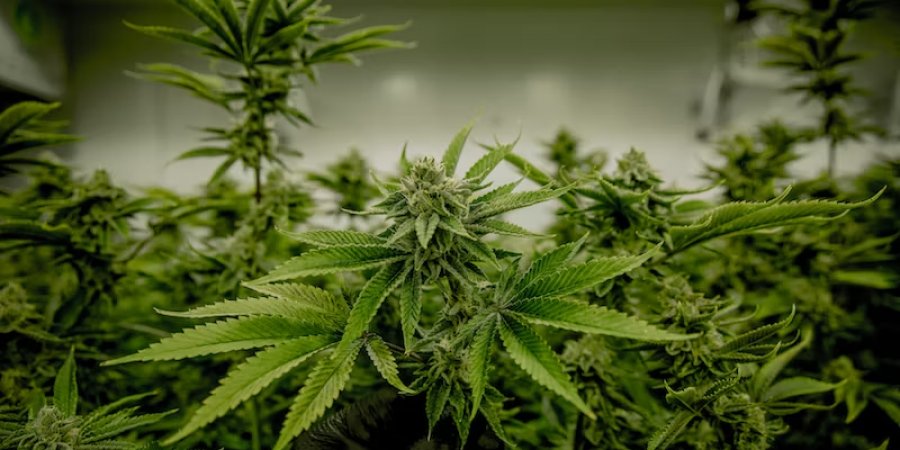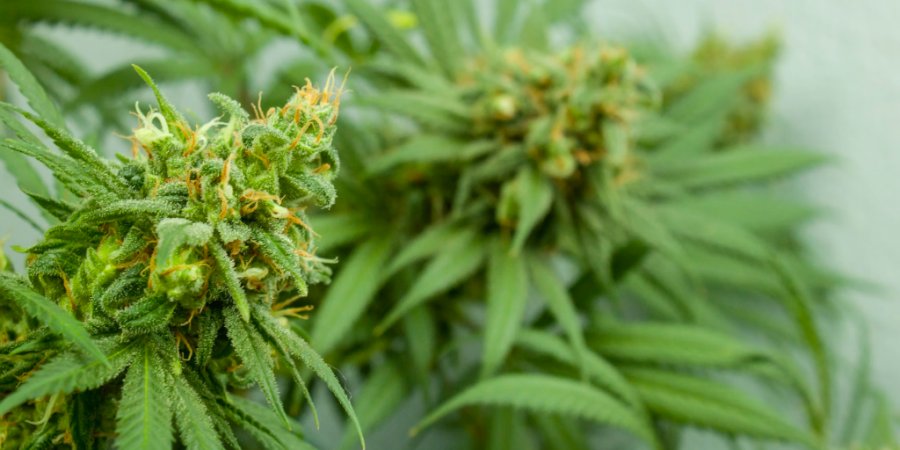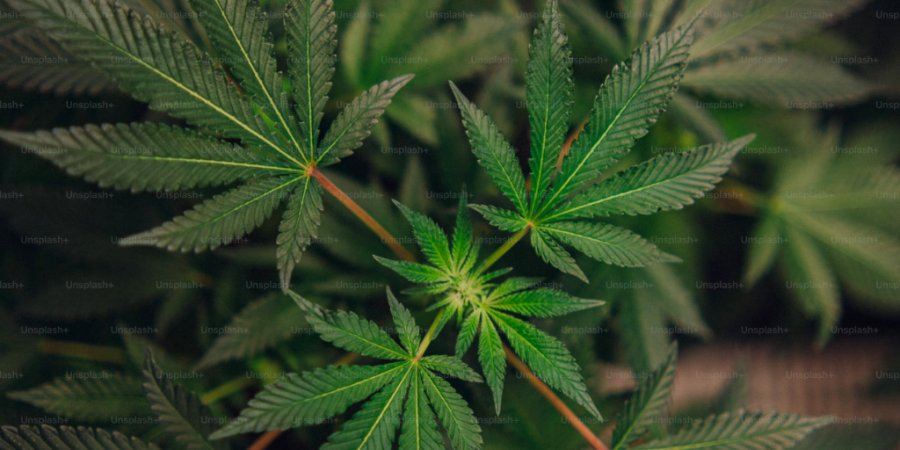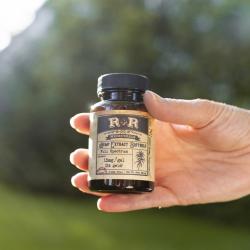Cannabis Overwatering Signs: What Every Grower Should Know

Watering is an art, especially when it comes to cannabis cultivation. While it might seem like a straightforward task, ensuring your plants get just the right amount of water is crucial for their health and productivity. Overwatering is a common mistake, often stemming from the misconception that more water always equals better growth. But, as many seasoned growers will attest, this couldn't be further from the truth. Let's dive into the signs of overwatering and how to recognize them in your cannabis plants.
Introduction
Ah, the joy of seeing your cannabis plants thrive! There's nothing quite like it for a grower. But sometimes, in our eagerness to ensure our plants are well-hydrated, we might go a tad overboard. Overwatering is one of the most common mistakes made by both novice and experienced growers. It's a well-intentioned error, often stemming from the belief that if a little water is good, more must be better. But, as with many things in life, balance is key.
Watering cannabis is not just about quenching its thirst. It's about providing the right environment for the roots, ensuring they can breathe, and facilitating the uptake of essential nutrients. Overwatering disrupts this delicate balance, leading to a host of problems that can severely impact the health and yield of your plants.
Recognizing Overwatered Cannabis
Yellowing of Leaves
One of the most telltale signs of overwatering is the yellowing of leaves. Now, before you panic, it's essential to note that leaves can yellow for various reasons. As cannabis plants mature, it's natural for some older leaves to yellow and eventually fall off. However, if you notice a sudden and widespread yellowing, especially in younger leaves, overwatering might be the culprit.
Yellowing is often a sign of a nutrient problem, which is a side effect of overwatering. When the soil is constantly wet, the roots can't breathe, leading to reduced nutrient uptake. The result? Leaves that turn a pale, sickly yellow, signaling distress.
Soil Inspection
Your soil can tell you a lot about the health of your plants. Regularly checking the soil's texture and appearance can provide valuable insights into your watering habits. Overwatered soil tends to have a mushy appearance and texture. If you press your finger into the soil and it feels soggy or water pools on the surface, it's a clear sign that you're giving your plants too much H2O.
A consistently wet growing pot can lead to various issues, from root rot to fungal infections. So, the next time you're about to water your plants, take a moment to inspect the soil. It might just save your cannabis from the perils of overhydration.
Drooping or Wilting
Another unmistakable sign of overwatering is drooping or wilting leaves. At first glance, you might think your plants are thirsty and need more water. Ironically, it's the exact opposite. When cannabis plants have been overwatered, they develop what growers often refer to as "wet feet." This term doesn't mean your plants have taken up a new hobby in swimming. Instead, it's a way of saying that the roots are sitting in water for too long, depriving them of oxygen.
Plants droop when they're overwatered because the roots are essentially drowning. Roots need oxygen to function properly, and when they're submerged in water continuously, they can't get the oxygen they need. This lack of oxygen causes the plant to droop, giving the appearance of a thirsty plant when, in reality, it's had too much to drink.
Other Symptoms
While yellowing leaves, mushy soil, and drooping are the primary indicators of overwatering, there are other symptoms to watch out for. These symptoms often appear alongside the main signs, painting a clearer picture of the plant's health.
Overwatered cannabis plants might also exhibit leaves that feel firm to the touch, despite their droopy appearance. This is because the excess water causes the cells in the leaves to swell up, making them feel more rigid.
Another symptom to be on the lookout for is slowed growth. Overwatered plants often struggle to grow at their normal rate. This is because the roots, which are responsible for nutrient uptake, are compromised and can't provide the plant with what it needs to thrive.
The Science Behind Cannabis Overwatering

Understanding the science behind overwatering can help growers take better care of their plants. At its core, overwatering is not just about giving plants too much water. It's about depriving the roots of the oxygen they need to function.
When the soil is constantly wet, the spaces between soil particles that would typically hold air are filled with water. This waterlogged environment is not conducive to root health. Roots need both water and oxygen to thrive. When they're deprived of oxygen, they can't take up nutrients effectively, leading to a host of problems for the plant.
Root rot is another significant concern. This harmful fungal disease thrives in wet conditions and can quickly devastate a cannabis plant. Once root rot sets in, it's challenging to combat, often leading to the loss of the plant.
Root Rot: A Grower's Nightmare
According to experts listed under our cannabis business directory, one of the most severe consequences of overwatering is root rot. This condition is as ominous as it sounds. Root rot is a fungal disease that thrives in continuously wet soil. When the roots of a cannabis plant are submerged in water for extended periods, they become susceptible to this disease.
The first signs of root rot are brown, slimy roots. Healthy cannabis roots are typically white and firm to the touch. If you notice that your plant's roots have turned brown and have a mushy texture, it's a clear indication of root rot. The disease not only affects the roots but can also travel up the stem, causing further damage.
Once root rot sets in, it can be challenging to reverse. The best approach is prevention, ensuring that your plants are watered correctly and that the soil has proper drainage.
Solutions and Prevention for Cannabis Overwatering

Overwatering is a common issue, but with the right knowledge and practices, it's entirely preventable. If you suspect your cannabis plants are suffering from overwatering, here are some steps you can take to avoid cannabis overwatering:
Adjust Your Watering Schedule
It might sound obvious, but the first step in addressing overwatering is to cut back on the amount of water you're giving your plants. Instead of watering on a set schedule, check the soil's moisture levels. If the top inch of soil is dry, it's time to water. If it's still damp, wait a day or two before checking again.
Improve Soil Drainage
Ensuring your soil has good drainage is crucial. This doesn't mean you need to switch to a different soil type entirely. Instead, consider adding perlite or vermiculite to your soil mix. These additives can improve drainage, preventing water from pooling at the bottom of the pot.
Elevate Your Pots
Raising your pots off the ground can help excess water drain away more effectively. This is especially useful if you're growing outdoors and there's a risk of rainwater pooling around the base of your plants.
Monitor Plant Health
Keep a close eye on your plants, especially after adjusting your watering practices. Look for signs of improvement, such as leaves perking up or yellowing halting. Remember, recovery won't happen overnight, so be patient and give your plants time to bounce back.
Use the Right Pots
The type of pot you use can make a significant difference in preventing overwatering. Pots with good drainage holes allow excess water to escape, ensuring the roots aren't sitting in stagnant water. Fabric pots, also known as "smart pots," are an excellent choice for cannabis growers. They not only provide excellent drainage but also allow the roots to breathe, further reducing the risk of overwatering and root rot.
Consider a Moisture Meter
If you're unsure about when to water, a soil moisture meter can be a valuable tool. These devices measure the moisture content of the soil, giving you a clear indication of when it's time to water. They're relatively inexpensive and can take the guesswork out of watering.
Educate Yourself
Knowledge is power. The more you understand about the needs of your cannabis plants, the better equipped you'll be to care for them. There are numerous resources available, from books to online forums, where growers share their experiences and advice. By continuously educating yourself, you'll be better prepared to spot the signs of overwatering and take corrective action.
Conclusion
According to experts who write for us on cannabis and CBD, overwatering is a common challenge faced by cannabis growers, but with the right knowledge and practices, it's entirely preventable. By understanding the signs of overwatering and taking proactive steps to ensure your plants receive the right amount of water, you can promote healthy growth and maximize your yield. Remember, it's not just about giving your plants water; it's about providing them with the optimal environment to thrive. With careful attention and a bit of patience, you can master the art of watering and ensure your cannabis plants flourish.
More to Read:
Previous Posts:






